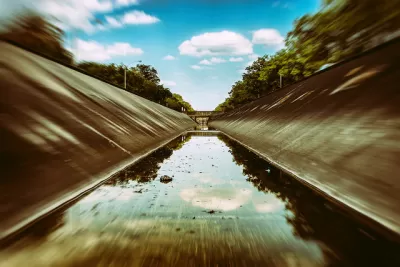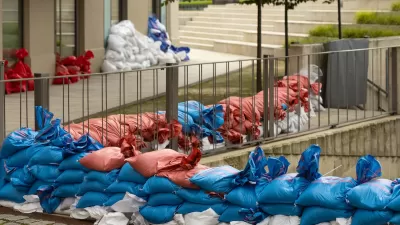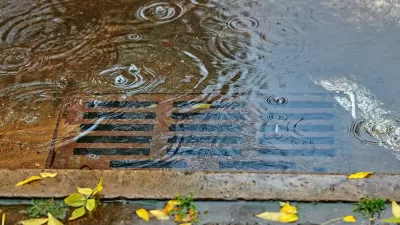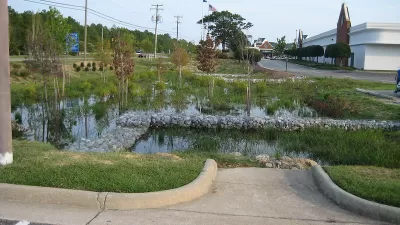A review of the current research into the effectiveness of green streets and green infrastructure finds gaps in our understanding of what works, and where.

"Surprisingly, there are very few peer-reviewed research papers that have evaluated Green Streets on a stormwater control and treatment basis," according to an article by Jonathan Page, who looks at some of the existing data and also makes recommendations for tailoring green streets to the specific needs of the natural and built characteristics of different cities.
According to Page, the “newness” of the green streets movement and the difficulty in monitoring and instrumenting green street projects contribute to a lack of data and research about the effectiveness of green streets.
Projects in Seattle and Portland have provided some non-peer reviewed dataset, "but the study and evaluation is typically not as rigorous as those found in a peer-reviewed journal."
Moreover, the "excellent" results in downstream water quality protection and combined sewer overflow (CSO) reductions from those examples can't be expected in all parts of the country (or world), according to Page. Portland, Seattle, and other communities in the Pacific Northwest are perfect locations for green streets because "[r]ainfall patterns and storms in that ecoregion are characterized by low rainfall intensities and long durations." In other ecoregions, like the Southeast, "storms tend to have a much higher rainfall intensity and shorter duration, which means a lot of above ground storage is needed to temporarily retain runoff for infiltration and treatment after the storm has passed."
FULL STORY: Do Green Streets Actually Work for Stormwater Management?

Study: Maui’s Plan to Convert Vacation Rentals to Long-Term Housing Could Cause Nearly $1 Billion Economic Loss
The plan would reduce visitor accommodation by 25,% resulting in 1,900 jobs lost.

North Texas Transit Leaders Tout Benefits of TOD for Growing Region
At a summit focused on transit-oriented development, policymakers discussed how North Texas’ expanded light rail system can serve as a tool for economic growth.

Using Old Oil and Gas Wells for Green Energy Storage
Penn State researchers have found that repurposing abandoned oil and gas wells for geothermal-assisted compressed-air energy storage can boost efficiency, reduce environmental risks, and support clean energy and job transitions.

Santa Barbara Could Build Housing on County Land
County supervisors moved forward a proposal to build workforce housing on two county-owned parcels.

San Mateo Formally Opposes Freeway Project
The city council will send a letter to Caltrans urging the agency to reconsider a plan to expand the 101 through the city of San Mateo.

A Bronx Community Fights to Have its Voice Heard
After organizing and giving input for decades, the community around the Kingsbridge Armory might actually see it redeveloped — and they want to continue to have a say in how it goes.
Urban Design for Planners 1: Software Tools
This six-course series explores essential urban design concepts using open source software and equips planners with the tools they need to participate fully in the urban design process.
Planning for Universal Design
Learn the tools for implementing Universal Design in planning regulations.
Ascent Environmental
Borough of Carlisle
Institute for Housing and Urban Development Studies (IHS)
City of Grandview
Harvard GSD Executive Education
Toledo-Lucas County Plan Commissions
Salt Lake City
NYU Wagner Graduate School of Public Service





























